
“To be entrusted with a character was always a big responsibility to me.”–Edward G. Robinson
Edward G. Robinson is best remembered for being one of the cinema’s tougher characters. Frequently appearing in gangster films during his lengthy career, he proved to be a renowned star of stage and screen. Behind the scenes, he was also a devoted activist, leading to massive contributions to war relief and other groups of importance to him. He was also soft-spoken and spoke seven different languages.
Born Emanuel Goldenberg in Bucharest, Romania, on December 12, 1893, he was raised in a Yiddish-speaking household. His father, Morris, was a builder and his mother, Sarah, worked at home. Unfortunately, one of Emanuel’s brothers was attacked by an anti-Semitic group. This led the family to decide to emigrate to the United States, arriving in New York City in 1904.
Emanuel felt a sense of rebirth as he embraced his new home and country. Growing up on the Lower East Side, he was educated at Townsend Harris High School and the City College of New York, in hopes of becoming an attorney. His Bar Mitzvah occurred at the First Roumanian-American Congregation.
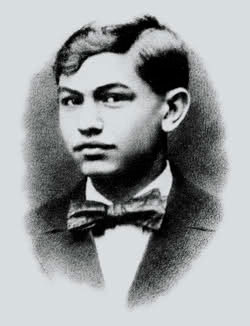
Over time, he developed a passion for performing in front of audiences, leading him to garner a scholarship for the American Academy of Dramatic Arts. At this point, he changed his name to Edward G. Robinson, with the middle initial remaining as a tribute to his family surname.
Robinson began performing professionally in the Yiddish Theater District, making his Broadway debut in 1916. He appeared in his first film Arms and the Man in the same year albeit uncredited. By 1923, he received his first screen credit in the silent film The Bright Shawl.
In the 1920s, Robinson was carrying out many gangster roles on stage. These types of characters would transition to the screen, and Robinson executed them with ease. Though many performers in the industry were challenged by the advent of sound, Robinson’s career continued to progress positively. He would leave his stage roles behind in 1930 in order to focus on film work.
In 1927, Robinson married stage actress Gladys Lloyd. They had one son, Edward G. Robinson, Jr., in addition to a daughter from Gladys’ first marriage. They divorced in 1956.
Though Robinson had experience working for different film studios, his breakthrough role came in Little Caesar (1931) for Warner Brothers. He was signed to a long-term contract with them, appearing mostly in gangster dramas; however, he occasionally appeared in other genres.
Robinson continued to be a revered performer throughout the 1930s. When World War II broke out, he was actively against Nazism and fascism. Having served in the Navy during World War I, he volunteered to serve in World War II but was denied due to his age. Nonetheless, the Office of War Information appointed him as a Special Representative. Thanks to his multilingual skills, he delivered radio addresses in over six languages to European countries under Nazi occupation. He was active in the Hollywood Democratic Committee and traveled to Normandy to entertain the troops, becoming the first film star to go there for the USO.
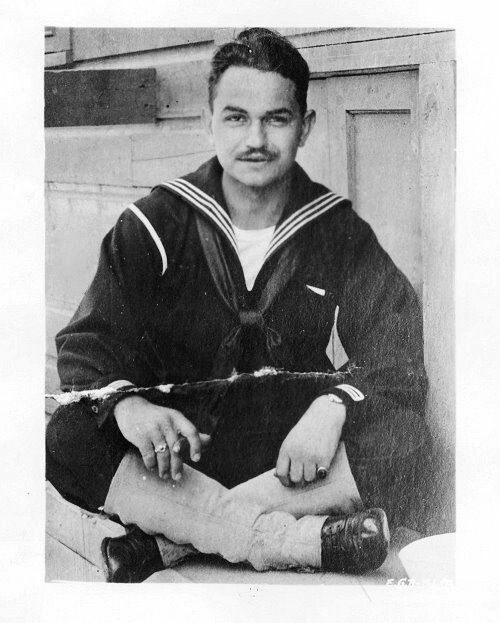
While Robinson often appeared as hard-boiled characters, he was careful to avoid being typecast. In addition to varying genres, he also appeared in biopics portraying notable Jewish public figures.
Though Robinson did not support Communism, he fell under the scrutiny of the House Un-American Activities Committee (HUAC). Some of the 850+ charities he had supported over the past decade were listed as Communist front organizations by the FBI. As a result, he was threatened with blacklisting and forced to testify before the HUAC. While he was cleared, his career was still affected.
After several years in low-budget films, Robinson was cast by anti-Communist director Cecil B. DeMille in The Ten Commandments (1956). Later, Robinson appeared in many television roles, which also contributed to the rebirth of his career.
In 1956, Robinson married dress designer Jane Bodenheimer. They remained married until his passing.
Throughout the 1960s, Robinson typically worked in supporting roles. His final film performance was alongside Charlton Heston, with whom he worked in The Ten Commandments, in Soylent Green (1973). Though Robinson never won an Oscar, he received an honorary Academy Award in the same year. Sadly, he died two months prior to the ceremony due to bladder cancer.
Robinson died on January 26, 1973. He was 79 years old. Robinson’s funeral services were held at Temple Israel in Los Angeles, with Charlton Heston delivering the Eulogy. Robinson was entombed in his family’s mausoleum at Beth-El Cemetery in Brooklyn, New York.
Today, one of Robinson’s residences and other points of interest remain.
While there appears to be no apparent tribute to Robinson in his birthplace, there are sites of relevance to him in New York.
The Actors Temple Theatre, Congregation Ezrath Israel, stands at 339 W 47th Street in New York City. Robinson was a member here, in addition to many other Jewish performers. To this day, portraits of many notable Jewish actors in classic film, radio, and television are still displayed.
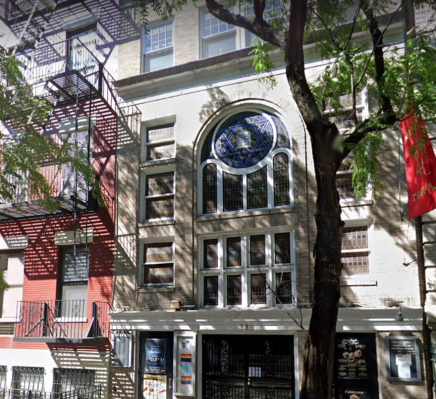
The First Roumanian-American Congregation fell into disrepair and was demolished in 2006.
The City College of New York still stands in operation at 160 Convent Ave. in New York.
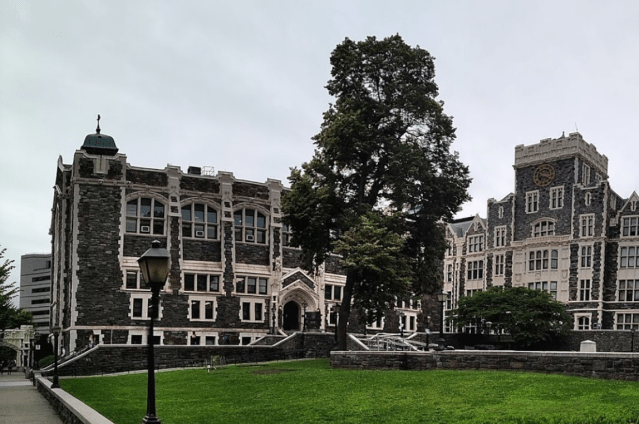
In 1930, Robinson lived at 15 11th Street in New York City. The original home no longer stands.
In 1940, Robinson was living at 910 Rexford Dr. in Beverly Hills, California. The home remains to this day and is privately owned.
Robinson also has a star on the Hollywood Walk of Fame, located at 6235 Hollywood Boulevard in Los Angeles, California.
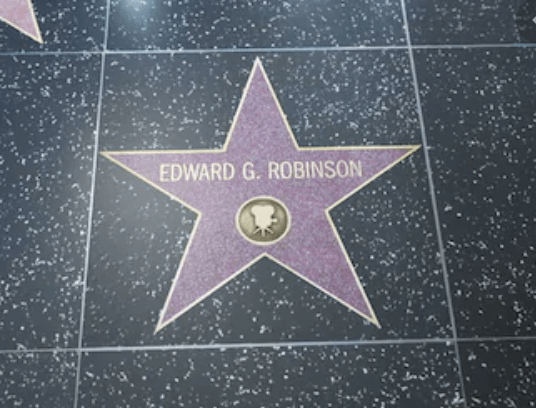
Robinson remains an appreciated performer from the classic era, with a broad filmography to be enjoyed by many generations of film fans.
This post originally appeared in Annette’s Hometowns to Hollywood column for TCM Backlot. View the original article here.



















